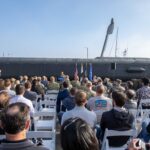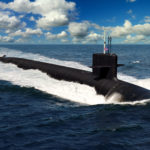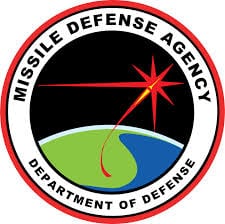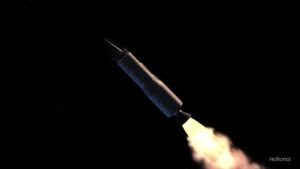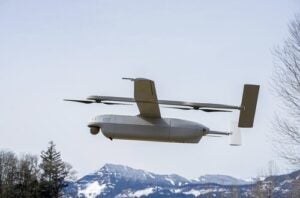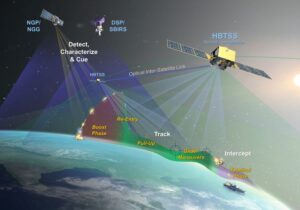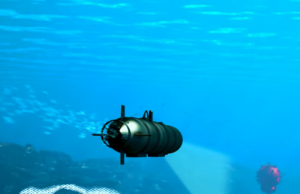
Leidos [LDOS] last week pitched a new Sea Dart small, attritable low-cost uncrewed undersea vessel (UUV) as an alternative to more expensive systems during the annual 2025 Sea-Air-Space expo. “Sea Dart is the next step in the progressive evolution of our UUV product line, introducing a new, low-cost commercial UUV to the market. It offers the flexibility to fully customize customer payloads while staying true to our core commitment to keeping production costs significantly lower than other models,” Dave Lewis,…

 By
By 